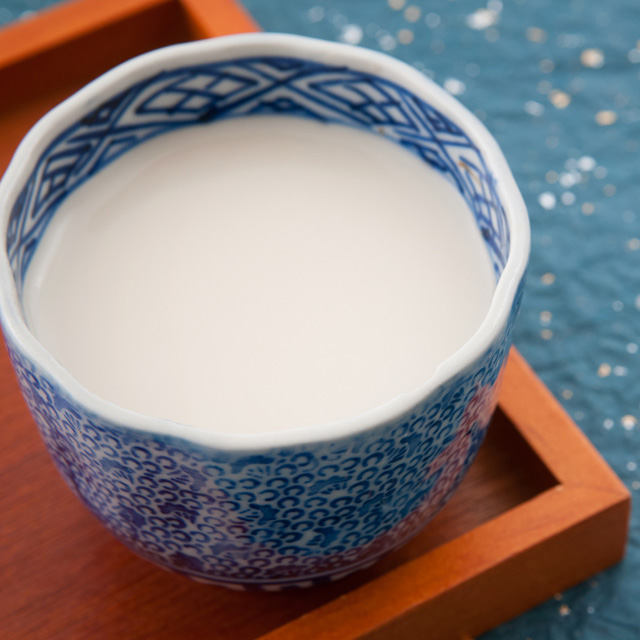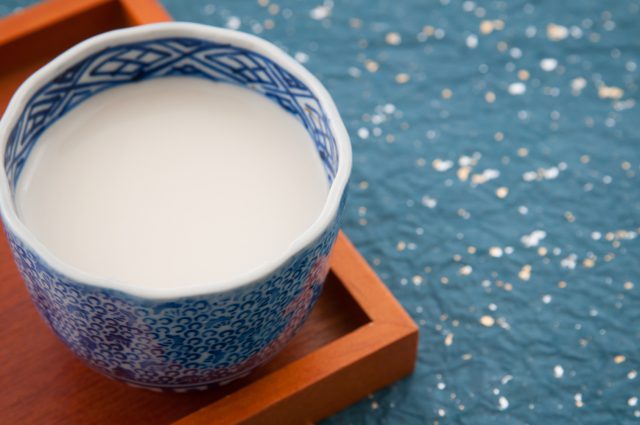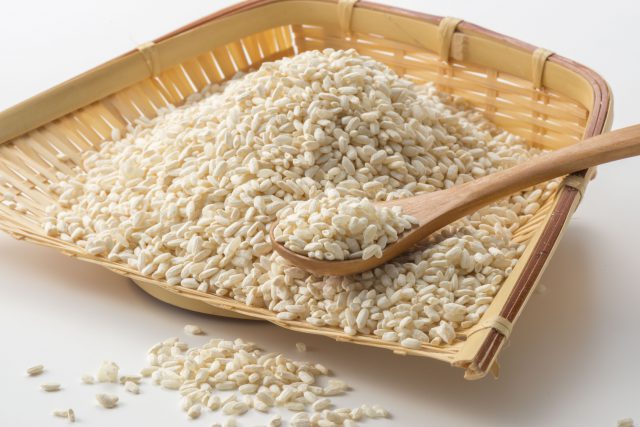
Amazake – the centuries old sweet beverage that’ll give you a big amino boost
There are two type of amazake – the kind made from sake lees (sake kasu) and sugar, and the kind made from Aspergillus oryzae (koji) and water. But recently the latter type has been gaining more attention for its nutritional benefits, even being dubbed “the drinkable IV drip”. Why is this type of amazake so high in nutrition? And how can sweet koji, or amazake, be used in our modern life?
Energy born out of fermentation
The hacco process brings out the umami and heighten nutritional properties of the ingredients.
In particular, rice koji (koji bacteria grown in steamed rice) is an existence crucial for the entire Japanese food culture. It is present not only in amazake, but also soy sauce, miso, mirin, vinegar and sake.
It is said that rice koji contains over 100 types of amino acid, which helps us understand why amazake is so excellent in nutrients!
Amazake – age old wisdom passed down to save the people of today!
Amazake is said to have taken off during the Edo period (1603-1868), when people had to come up with ways to endure the steamy summer months. Cooling yourself wasn’t achievable simply by the push of a button!
The heat and humidity sucked away people’s energy, and it was especially challenging for the elderly and sick to survive the season. But because it wasn’t common for people to have daily access to highly nutritious foods like fish and meat back then, people had to put their creativity together to come up with a solution.
Amazake was created to meet this huge need, and soon amazake sellers were appearing in Edo (Tokyo), Kyoto and Osaka. These amazake sellers were what people back then associated with summer.
Professor Takeo Koizumi, a long time instructor at Tokyo University of Agriculture, had this to say in his 1996 book In Praise of Fermented Foods.
———————————-
Hospitals often give their patients intravenous drips, which pumps glucose solution, essential amino acids and vitamin solution into our arm veins. But upon some thinking, one is shocked to realise that this is exactly what amazake is. The miracles of fermented energy foods can be recognised thus in daily lives of days gone by.
———————————-
There are many ways to make amazake – master the basics and adapt to your own style!
Amazake can be made simply by mixing kome koji with water and kept at adequate temperature.
Some people make their own amazake with their rice cooker, thermos flask or a yogurt maker!
Any method you choose, the important point is to maintain the right temperature.
In the case of amazake, this is 60℃(140℉) for 8 hours.Use a thermometer to keep a close eye.
Amazake can be enjoyed as is, pureed to enjoy a smoother texture, or used as sweetener.
Amazake sold at stores are of course fine to drink too, but we do encourage people to try making it themselves, simply because there is nothing quite as delicious as freshly made amazake!
Keeping amazake close to you
The important thing is to create a habit for the health benefits of you and your family, so it can be used and enjoyed whenever necessary. Think of how you can keep hacco products a close and natural part of your daily life!



